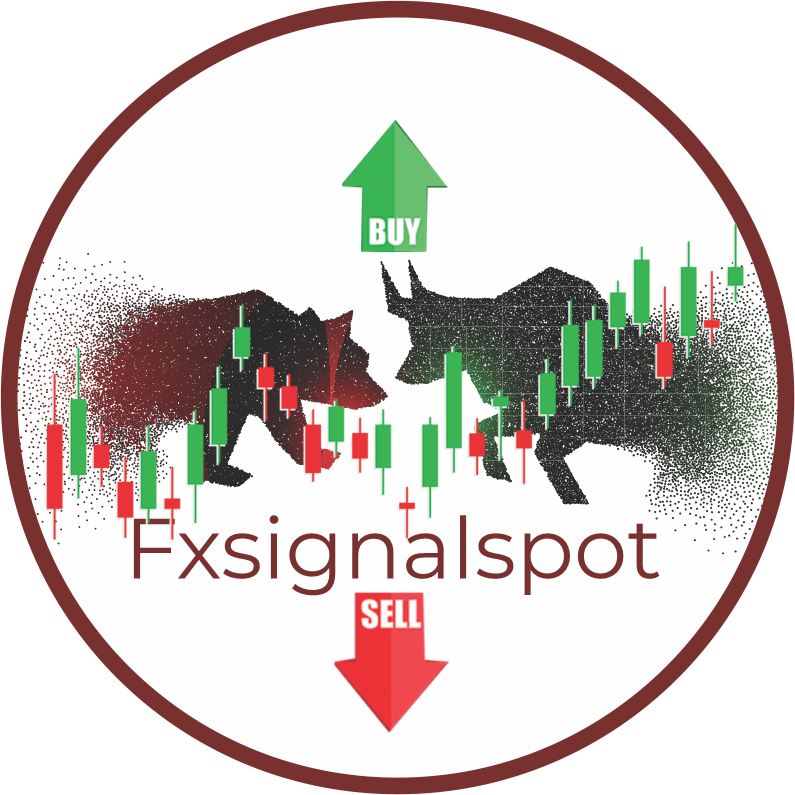kama-indicator

kama-indicator
Watch the testing video here:
KAMA Indicator
Introduction to the KAMA Indicator
The name of the KAMA indicator stands for the Kaufman Adaptive Moving Average.
The author of that indicator Perry J. Kaufman, first introduced that concept in his book titled Smarter Trading: Improving Performance in Changing Markets in the year 1995.
This is a variation of the adaptive moving average, which is built on the exponentially smoothed moving average mixed with the traditional methods of recognizing and applying volatility as a dynamically varying smoothing constant.
The indicator is displayed directly on the main trading chart.
It fits all kinds of timeframes and currency pairs.
The default indicator settings can be modified directly from the input tab. Feel free to experiment with the settings and parameters to fit your personal preferences. Let’s take a closer look at these inputs below.
Period – defines the calculation period;
Applied price – defines the price used for calculations.
The formula for the KAMA indicator:
The calculations of the KAMA indicator are based on the following formula:
KAMA[i] = KAMA[i-1] + sc * (Price[i] – KAMA[i-1])
Where:
sc = (er * 0.6015 + 0.0645) * (er * 0.6015 + 0.0645),
er = Abs(Price[i] – Price[i-Period+1]) / Sum1, and
Sum1 = Sum(Abs(Price[i] – Price[i-1])) from (i-Period+1)
How to use the KAMA indicator:
The KAMA indicator can be used as a dynamic resistance/support level, and the value of the period is adjusted upwards (try using 100 as the value of the period).
Simply, the price is considered bullish when the candles are aligned above the KAMA line. The price is considered bearish when the candles are aligned below the KAMA line.
How to set up the KAMA indicator in MT5?
Installation Guide
Copy and paste the KAMA.mq5 or KAMA.ex5 indicator files into the MQL5 folder of the Metatrader 5 trading platform.
You can gain access to this folder by clicking the top menu options, which goes as follows:
File > Open Data Folder > MQL5 > Indicators (paste here).
Now go to the left side of your MT5 terminal. In the Navigator find the gauge name, right-click it and select Attach to the chart.
Tags
Recommended Posts
Popular Posts
Telegram
Economic Calendar
Newsletter
Subscribe to our mailing list to get the new updates!
Free Download
Input Email Address to Download
Bitcoin Payment
Scan QR Code or copy Bitcoin address to make payment

Bitcoin Address:
Note: After making payment, screenshot your payment with the bot name to the address bellow
micelwin@gmail.com
The download link will be sent to your email after verified.
Skrill Payment
Copy Email address to make payment






















